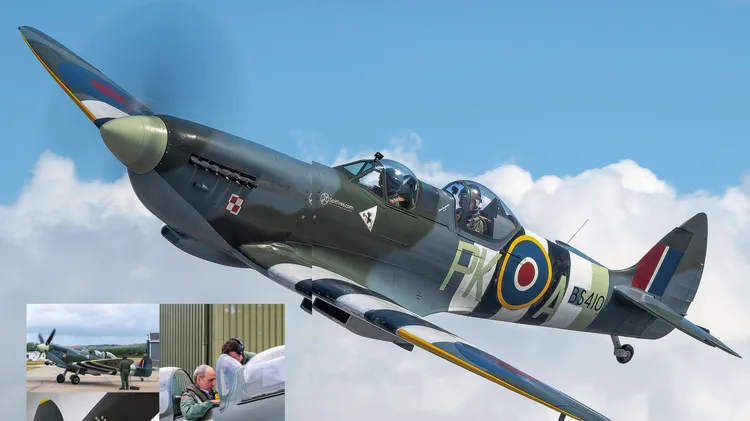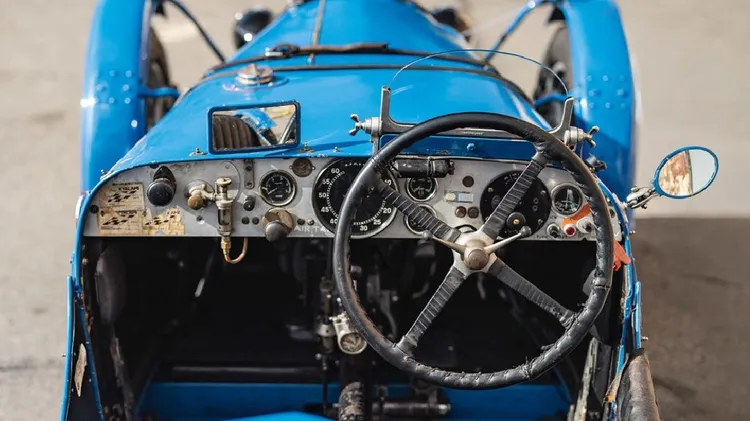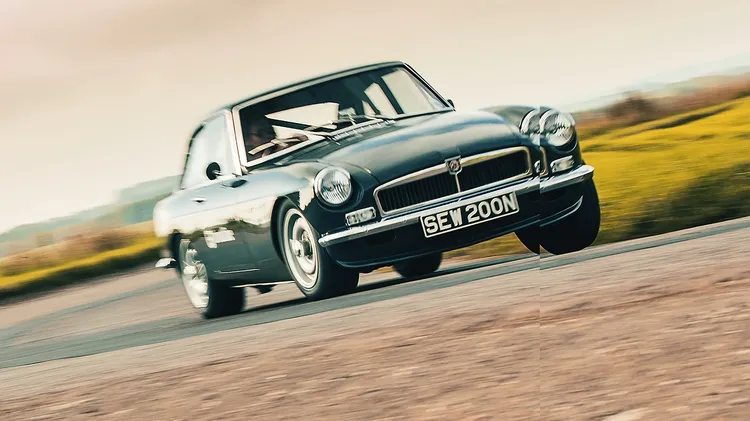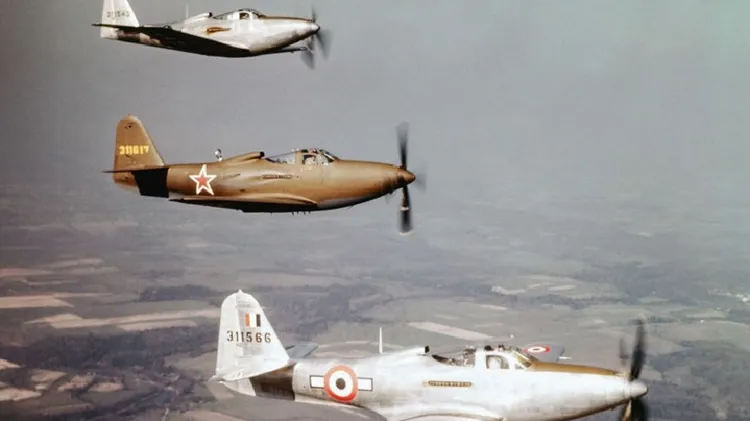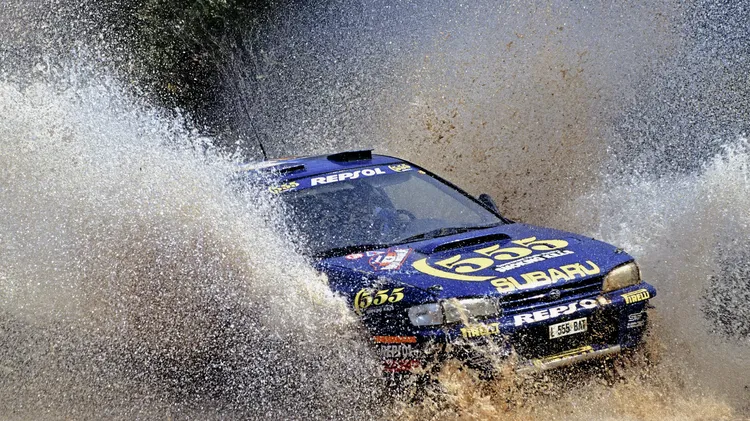In 1969, everyone from Prince Michael of Kent to Billy Butlin com
The race across the atlantic
7 min read
This article is from...
Read this article and 8000+ more magazines and newspapers on Readly

